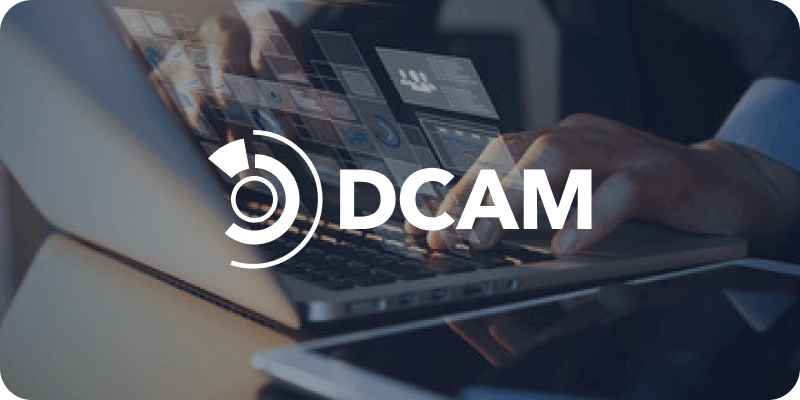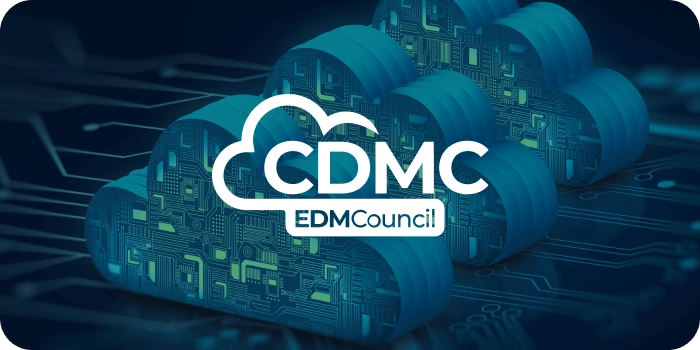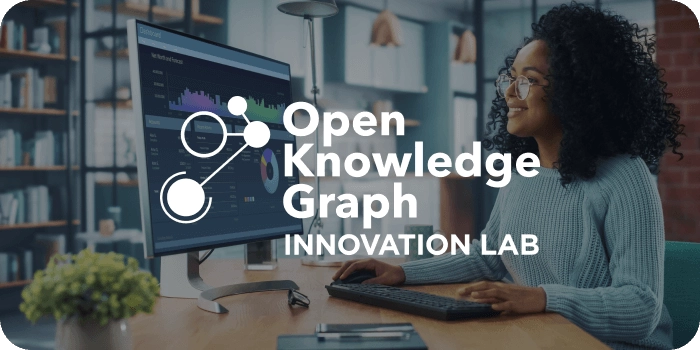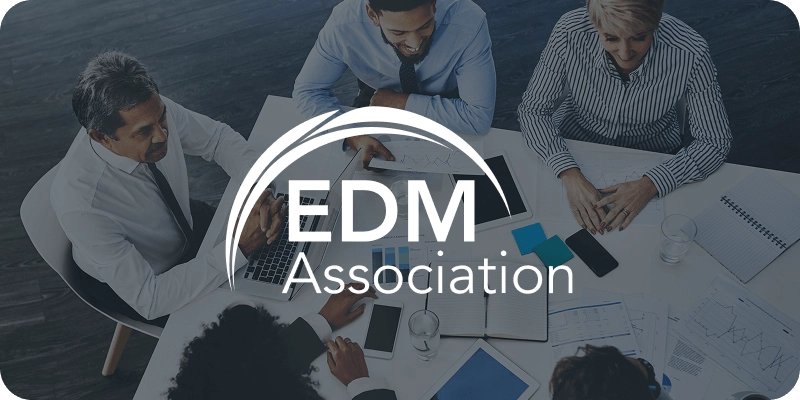Details
The EDM Association’s Data Management Capability Assessment Model (DCAM) has served as the globally recognized framework for data management best practices since its launch in 2014. Built in collaboration with leading data professionals, DCAM defines the capabilities required for organizations to manage data as a strategic asset and achieve excellence in analytics and governance.
Now, with the release of DCAM v3 (July 2025), organizations have access to the most comprehensive and practical update yet—designed to address the realities of today’s rapidly evolving data landscape. This landmark version delivers new insights, expanded guidance, and enhanced applicability to modern data challenges across industries.
Join us for this session to:
-
Understand what’s new in DCAM v3 and why it matters.
-
Explore how organizations are using DCAM to benchmark, improve, and future-proof their data practices.
-
Learn best practices that set the foundation for effective, trusted, and value-driven data management.
Whether you are just beginning your data management journey or looking to elevate your existing practices, this webinar will provide actionable takeaways to help you unlock excellence with DCAM v3.
Speakers
Post-event summary
The webinar titled “Best Practices & Excellence in Data Management: DCAM v3 Sets the Standard,” was hosted by EDM Association and provided a comprehensive overview of the evolution, updates, and future direction of the Data Management Capability Assessment Model (DCAM) version 3.0. Featured speakers included:
- Rob Wentz, Senior Advisor, Product Management, EDM Association
- Jim Halcomb, Chief Research & Development Officer, EDM Association
- David Kowalski, President, MIDAS Advisory Services
- Patricia Melat, Data Governance Manager, Cardinal Health
The session began with a discussion of the release of DCAM 3.0 and the availability of a beta version in the Knowledge Portal, which will soon be formally upgraded to version 3.1. While version 2 remains accessible through the end of the year, members are encouraged to adopt the enhanced framework. The updates reflect a drive toward greater completeness, accuracy, and alignment with modern data management challenges, including a prototype for embedding data culture within the model—a feature anticipated in version 3.2. Alongside framework updates, the Association is enhancing its training offerings, including the redesign of its two-day training course and the development of an assessor’s course to bring consistency to assessments and strengthen the benchmarking repository.
David elaborated on the structural changes, noting that many concepts present in version 2 as background or implicit guidance have now been elevated into formal components or sub-capabilities. Areas such as communications, education, knowledge management, data lifecycle management, and provider oversight have been significantly expanded. Importantly, DCAM maintains its non-prescriptive stance, outlining “what” organizations should establish rather than prescribing “how” they should execute. David emphasized that the changes reaffirm the need for strong fundamentals: “You can’t build meaningful Gen AI applications if you don’t understand the data that’s being used to train those models and execute those models.” The consolidation of data and technology architecture into a single capability and the expansion of data control environments underscore a pragmatic shift toward integrated, holistic practices.
Patricia provided a practitioner’s perspective, emphasizing the historical drivers of change in data management, from post-Y2K silos to defensive, compliance-driven practices after the financial crisis, and now to recognizing data as a strategic asset. She noted that organizations must maintain strong fundamentals to prepare for innovation, including artificial intelligence and emerging technologies. Using the metaphor of an iceberg, she warned that organizations often only see surface-level needs while neglecting the critical foundation beneath—governance, quality, definitions, and harmonization—that enables successful data-driven innovation.




